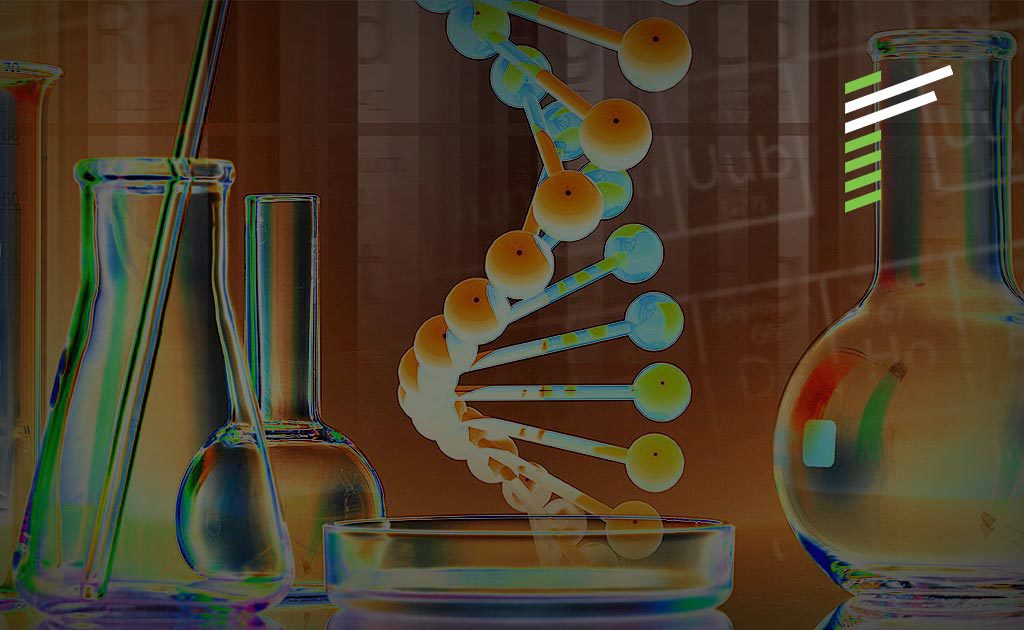BACKGROUND
Operational excellence is a key area of focus for many organizations and includes optimisation of maintenance processes. By adopting a comprehensive and proven framework, companies can significantly improve their operational efficiencies and unlock substantial margin opportunities. These can include the impact on workforce productivity, maintenance costs and losses, reliability, and overall success in the industry, and a lasting culture of continuous improvement.
THE CHALLENGE
The Client is a producer of chlorine, caustic soda and PVC. Their plants ship over 4 million tons of different chemical products every year and employ more than 1,000 people. The company produces key inputs for various manufacturing sectors, like textile, paper and cellulose, aluminum, toys, shoes, food, beverages, medicines, and civil engineering.
The Client understood that there were significant margin opportunities by improving operational efficiencies. Given Renoir’s experience in supporting chemical and petrochemical companies, we were asked to analyse the company’s maintenance organisation and processes, comparing them with best practices by using the Maintenance Pyramid World Class Standard as a reference.
This allowed for validation of the processes and systems that needed improvement, such as a fully utilised management system that allowed deviations to be analysed and actions taken in a short period of time thus leading to shorter time-to-repair and hence shorter downtimes.
ANALYSIS
Renoir performed a thorough analysis which revealed that:
- Regional Field Operations Maintenance planning was too rigid
- Alarms management was not standardised
- Regions and Headquarters were both lacking proper communication channels and coordination
- The company had outgrown several business processes, which were no longer capable of supporting its fast-growing Network infrastructure requirements
PROJECT APPROACH
The 26 weeks transformation program was structured to install a sustainable maintenance process and a management system through 2 Management Action Teams (MATs):
- Reliability Management (continuous improvement and reliability of information), and
- Maintenance Management (reduction of downtime and improvement of productivity)
The MATs were formed by two multidisciplinary groups that contributed enormously to the successful development and implementation of the management system elements. From MAT leader, MAT members, Task Forces, Maintenance Technicians, Engineers, all of them actively and directly contributed to sustainable implementation. Consequently, we entered the post implementation phase focusing much more on continuous improvement than on sustainability.
IMPLEMENTATION
The transformation program began with the Renoir Focus Process®, which was developed specifically to foster ownership and sustainability. In collaboration with the company’s team members, processes, procedures and the key elements of the Maintenance Management Control System were reviewed and critiqued.
As a result, new performance indicators were agreed, and the entire execution team was trained in how to successfully implement performance improvements. A weekly review meeting model was initiated, and the team was coached in acting on the root causes of variations by using the information available in the new management system.
As part of 26 weeks schedule, we implemented sustainable changes to be part of the standard routines such as:
- A Maintenance Management Control System
- Active Supervision and Planner’s Routine
- Dashboards: Critical Functions Panel, Production Losses, Reliability (MTBF and MTTR), Maintenance Planning and Scheduling
- Gate Keeping procedure and review of work permission routines.
The resulting changes to processes/systems allowed an increase in workforce productivity, better quality on notes in SAP system and, in turn, an improvement in reliability.
KEY RESULTS
23%
Increase in Maintenance Labour Productivity
3.6%
Decrease in Maintenance Losses PVC
1.2%
Decrease in Maintenance Losses UE
CONCLUSION
In conclusion, the importance of maintenance concepts transcends the scope of this article, as they are critical to sustaining efficiency, safety, and longevity in various industries and aspects of our daily lives.
As technology continues to evolve, the need for innovative and comprehensive maintenance strategies becomes ever more pressing. Embracing these enables companies to minimize downtime, conserve resources, and foster a more sustainable future. By recognizing the significance of maintenance in all its facets, we can not only enhance the performance of our systems and infrastructure but also contribute to a culture of continuous improvement.










